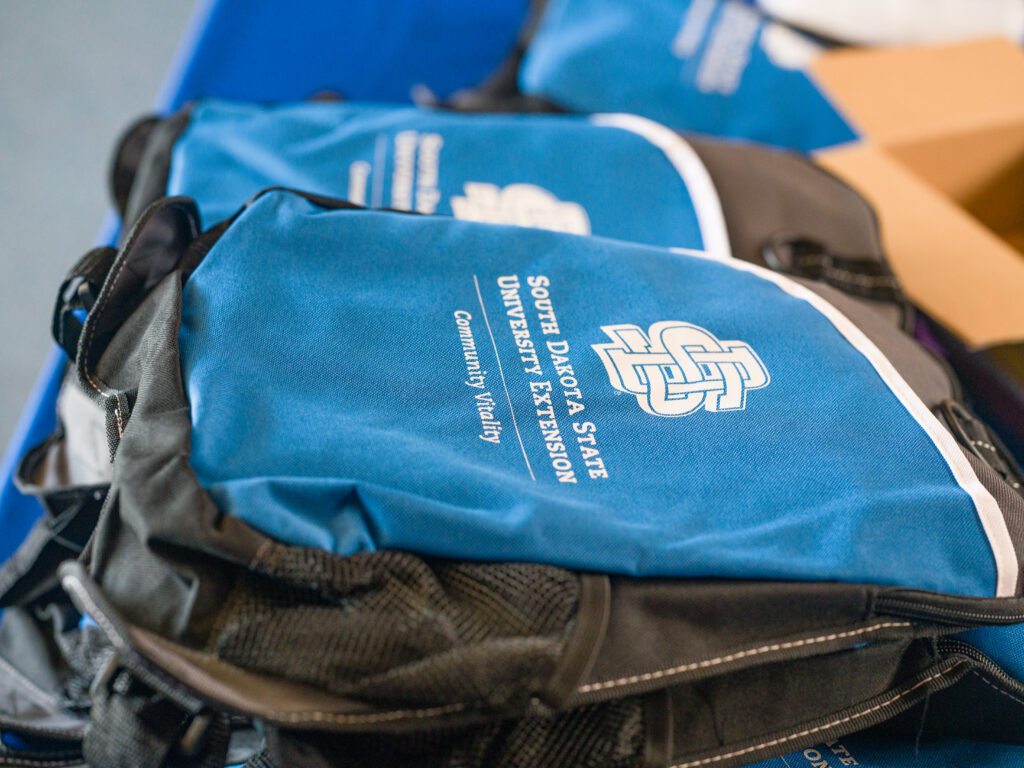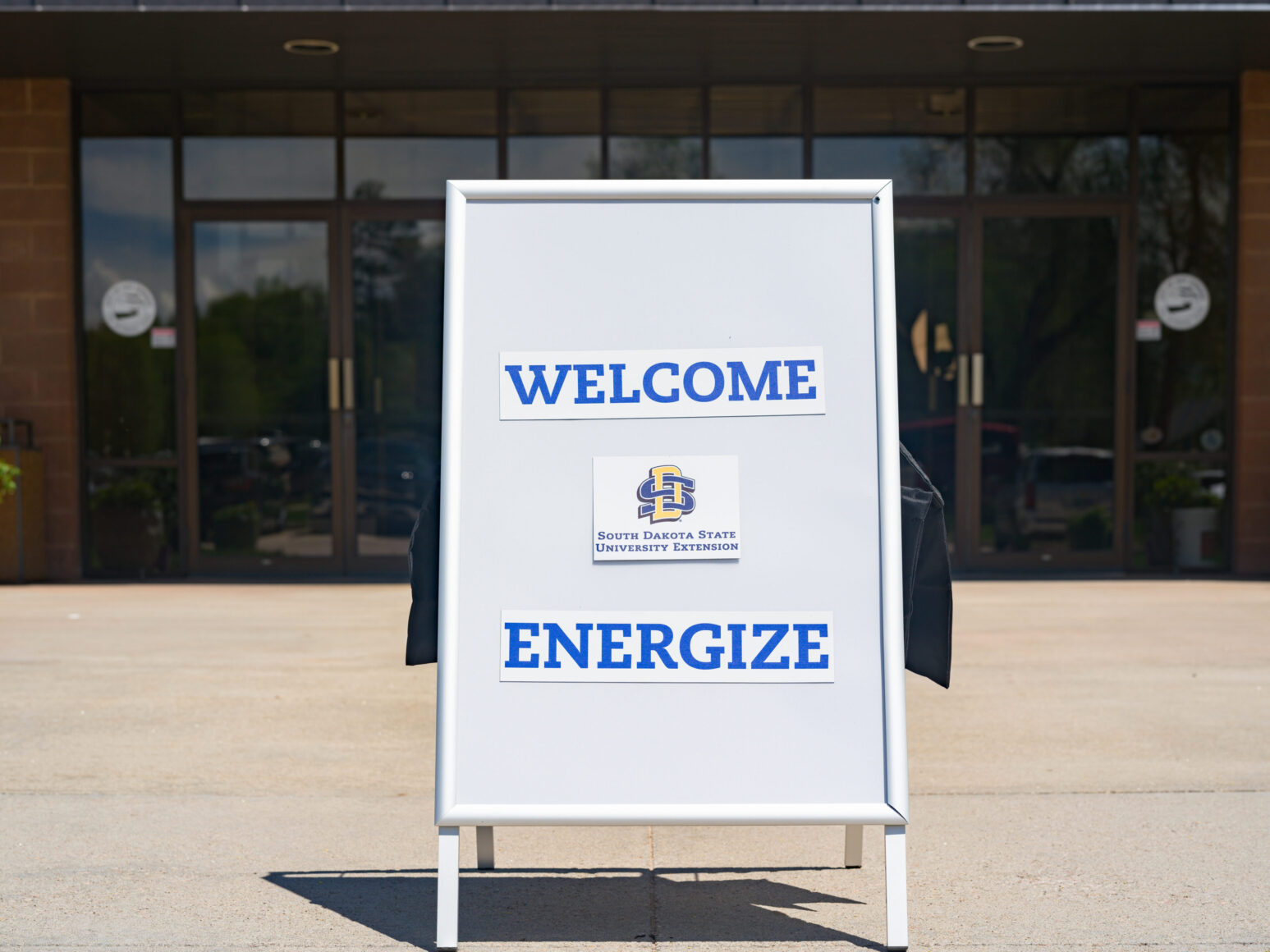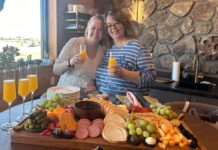In an increasingly urbanized world, the essence of rural living often takes a back seat in discussions about community and lifestyle.
However, South Dakota State University (SDSU) Extension is aiming to shine a spotlight on this aspect of American life through a comprehensive survey focused on rural communities.
“Extension systems in Montana conducted by Montana State University and Minnesota conducted by the University of Minnesota, have done similar surveys and have gotten really interesting results,” said Kara Harders, SDSU extension community vitality specialist.
She adds these surveys found objectives like quality of life factors were more important for movers compared to financial oriented factors.

“Only about a third of newcomers say a job was a primary motivator for their move,” said Harders.
The top reasons given for moving include to have better access to the outdoors, live in a less congested area, take advantage of a slower pace of life, and live in a smaller community.
“We want to see how South Dakota compares to our neighbors and better understand what our newcomers are feeling and motivated by,” explained Harders.
Since 2010, the state’s population has grown more than 10 percent, yet the portrayal of small towns “dying” remains at the forefront of the country’s narrative.
“With enough responses, we can make reports.”
-Kara Harders
The purpose of SDSU’s extension study is to better understand the states’ movers and ask the important questions.
“We’re asking why they’re moving, and what would be deal breakers for them,” said Harders.
It’s sometimes thought most individuals moving to a small or rural town are those who grew up there and are now returning to settle down.
But according to the existing studies from Minnesota and Montana, that isn’t always the case. Only a quarter to a third of newcomers were previously from the rural community.
So why did they move there?

“If we can answer those questions for communities looking to grow their populations, they’re able to better understand what they need to market to newcomers or what they can focus on creating within their communities to better grow and prosper,” shared Harders.
The final question that remains is “what makes the movers stay?”
While there are multiple factors that impact a person’s stay in an area, there was one reason that stood out from the rest—the statement: “This community is welcoming.”
Based on the findings of two prior studies, newcomers who believed they would still be living in their community in five years found a sense of camaraderie and feeling welcomed, which was a standout.
With these objectives in mind, the SDSU extension wants to see the benefits of South Dakota’s rural communities from new and future residents.
STRAIGHT FACTS
On statewide levels, populations are rising and some are choosing to reside in the smaller communities and rural areas. Data from Census.gov shows the rising population data over 20 years from three states:
Montana:
2001: 911,667
2021: 1,104,000
Population change: +21%
Minnesota:
2001: 4,983,000
2021: 5,707,000
Population change: +14.5%
South Dakota:
2001: 757,972
2021: 895,376
Population change: +18%


“A statewide report of findings will be available to the public and possibly regional reports and findings.”
-Kara Harders
Harders states if a county or community has enough responses from the survey, they can work with them to create an individualized report.
“Hopefully this data will show whose moving, what’s important to different groups, allow communities to continuously grow, and overall have a better understanding of their audience and how to captivate them,” added Harders.
She continued, “The Newcomers Survey takes 15 minutes to fill out and is easiest to complete on the computer. We’re encouraging individuals to share this information with newcomers they know.”
For more information, visit EXTENSION.SDSTATE.EDU/NEWCOMERS-SURVEY+




















